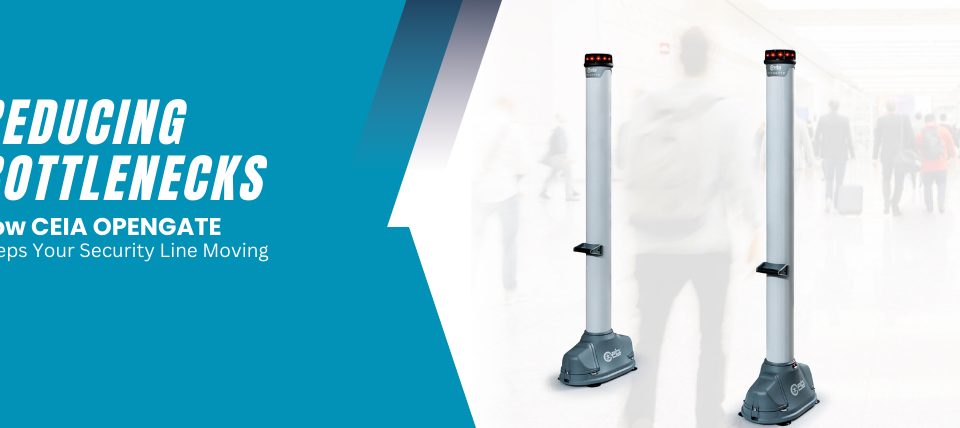7 Key Steps to Establishing a Successful BYOD Policy
The modern office environment is constantly developing with new technologies.
Telecommuting is more common than ever, and tablets and smartphones are becoming the “business norm.” With all of these fancy devices and capabilities comes a cost to purchase and maintain. But with the implementation of a (BYOD) bring your own device policy, you can lower monthly costs by utilizing devices that employees already own.
Despite the advantages that BYOD programs offer, implementing one should not be taken lightly. However, being unaware of the dangers associated with allowing your employees to use their private cell phones for work makes it more likely to encounter issues. Fortunately, this is preventable! Follow the guide below when establishing your BYOD policy to ensure a positive and safe working environment.
-
Tighten your network security.
Employees are going to regularly access your wireless network with their own devices. This is the #1 reason why it’s critical to maintain a secure network. Anyone with access to an unsecured network can potentially bring harm to sensitive assets. Hire a professional to ensure there are no gaps in your internal security measures.
-
Abide by compliance mandates.
BYOD policies must take into consideration certain industry-specific compliance regulations. Even if employees use personal devices, the company must still ensure that the data is fully protected. They must also understand the liability associated with compromised data, planning a BYOD strategy should include seeking out legal advice, not only for understanding liability issues, but privacy as well.
-
Establish company-wide policies.
There is no doubt about it; every business needs documented processes. And to no surprise, the same applies with company BYOD policies.
One of the easiest ways to protect business assets under the BYOD policy is requiring employees to set a complex password on their own device. With so much at risk, this is a policy that must be strictly enforced.
-
Look into mobile management tools.
While a well-established BYOD policy will reduce device costs, there are other resources that will require funds. Support costs may increase based on the fact that an on-boarding policy must be implemented. Mobile device management tools will streamline the process allowing for more efficiency and productivity.
-
Provide a list of acceptable apps.
Let your employees know which applications they can use while on their devices at work. Clearly define when certain apps can be used and when they cannot along with the security risks associated. This may include social media apps, third-party email applications and specific remote-access software. Let employees know whether or not they can download, install and use such applications.
-
Keep track of employee devices.
Obviously, you must require employees to register their own devices with the company. This includes new hires along with existing employees that purchase a new phone or tablet during their time of employment. But is there a set strategy in place for removing access on those that leave the company? With the BYOD policy, it’s not as simple as having the former employee return their company device. Instead, you must implement a clearing process to take care of this.
-
Educate your employees of the policy.
You’re now probably aware of the importance of a BYOD policy. But did you know that all it takes is one misinformed employee to compromise the secure setup? Create a company-wide plan that focuses on how to raise employee awareness and keep everyone up-to-date on best practices.
Keep in mind that not all employees will understand the sensitivity of company information. Make sure to alert those who participate in the bring your own device program of the positives and negatives to the policy. They should be aware of viruses and loss of company data.
In Conclusion
A BYOD policy can mean more than just increased productivity. Employees who use their own devices for work might save employers some costs. However, the most obvious savings, of course, come from the devices themselves. Companies that would normally have to purchase devices to their sales team, for example, will no longer need to.
Don’t get discouraged when implementing a BYOD policy. As technologies advance the security must advance with it. It’s important to have an IT professional on hand to assist with any questions or concerns your company may have.




